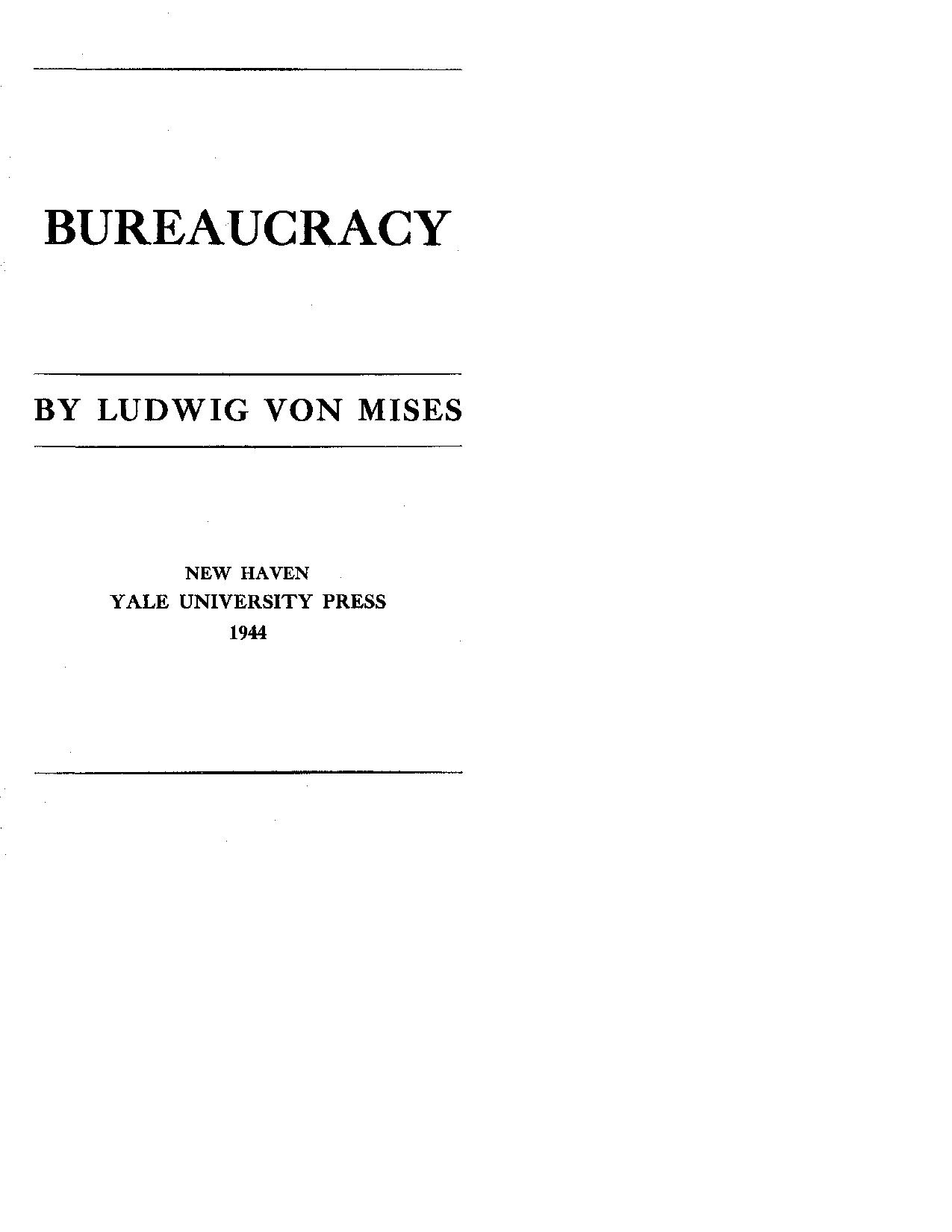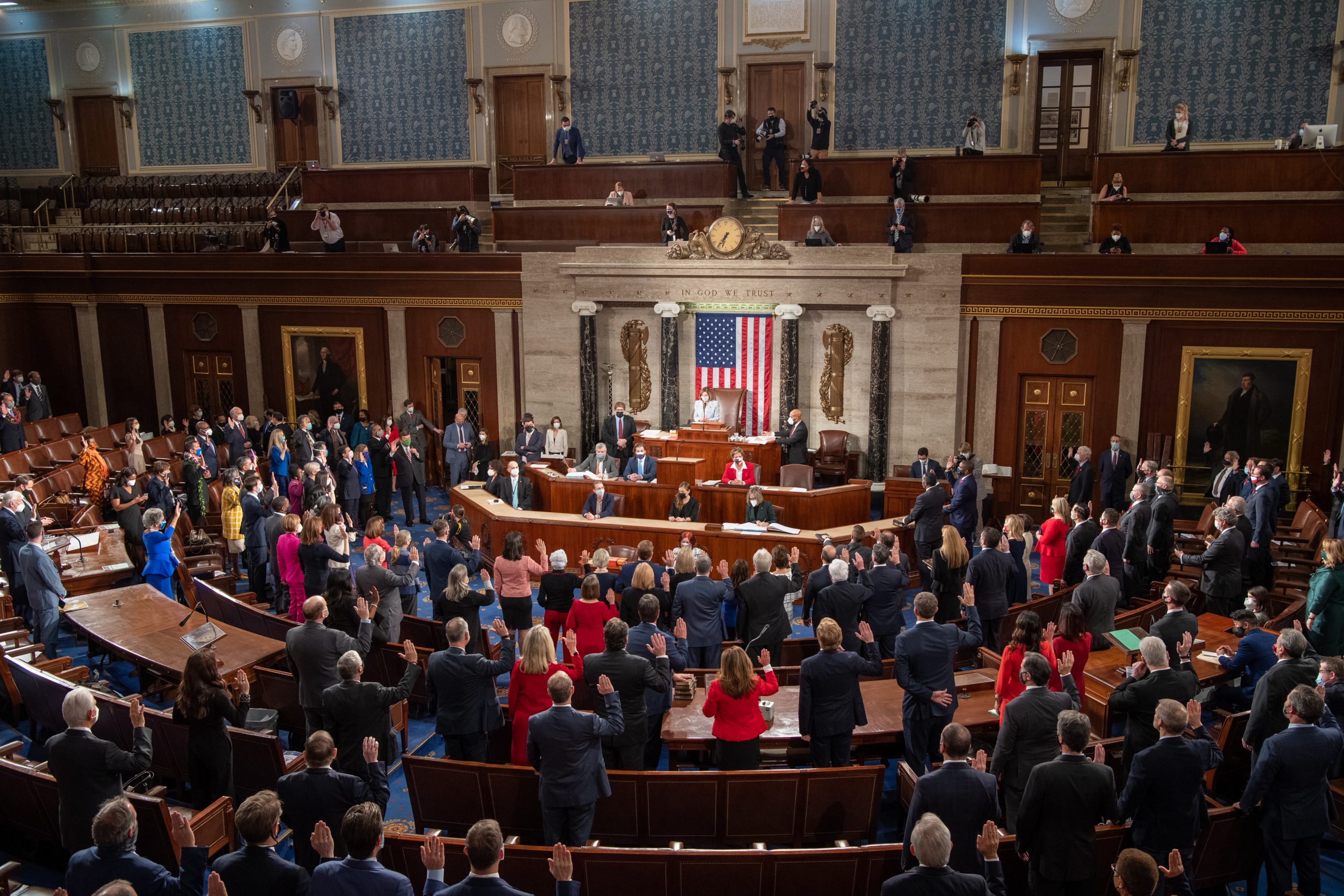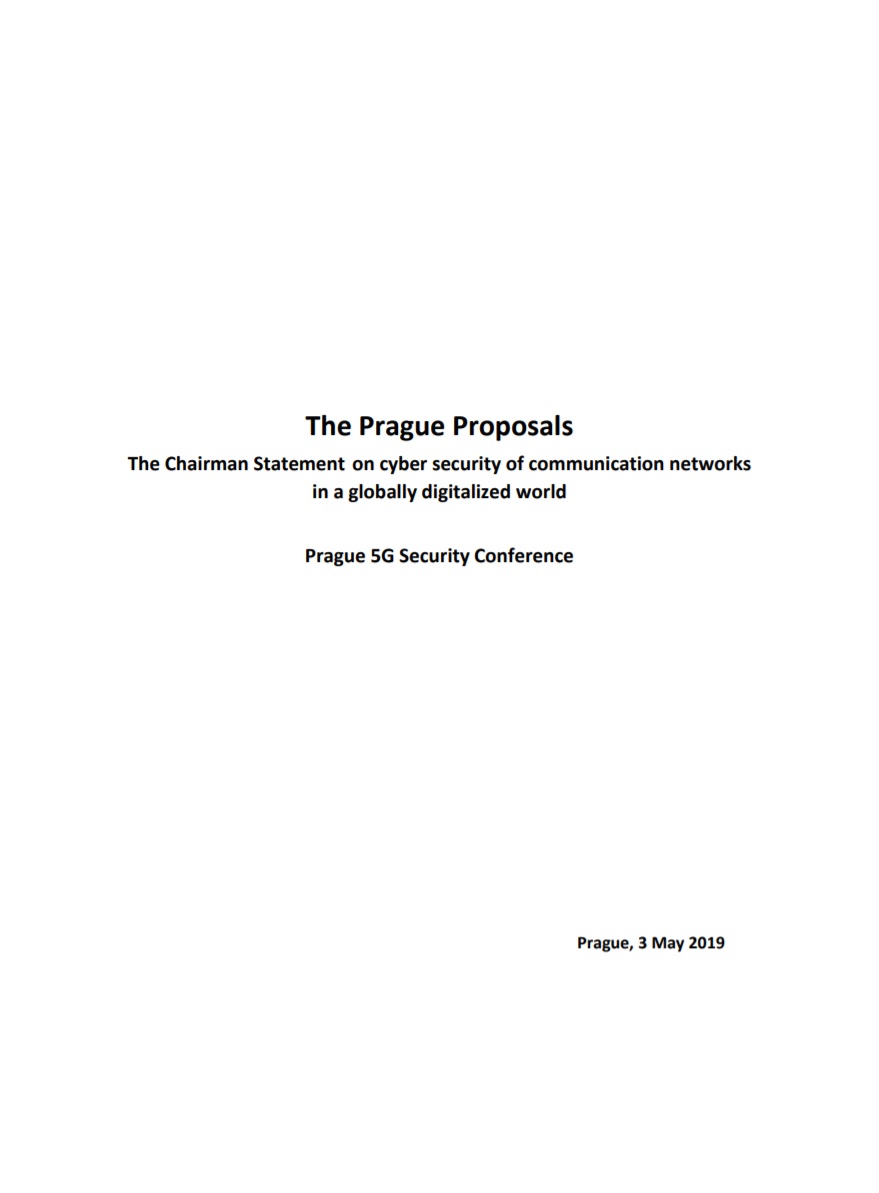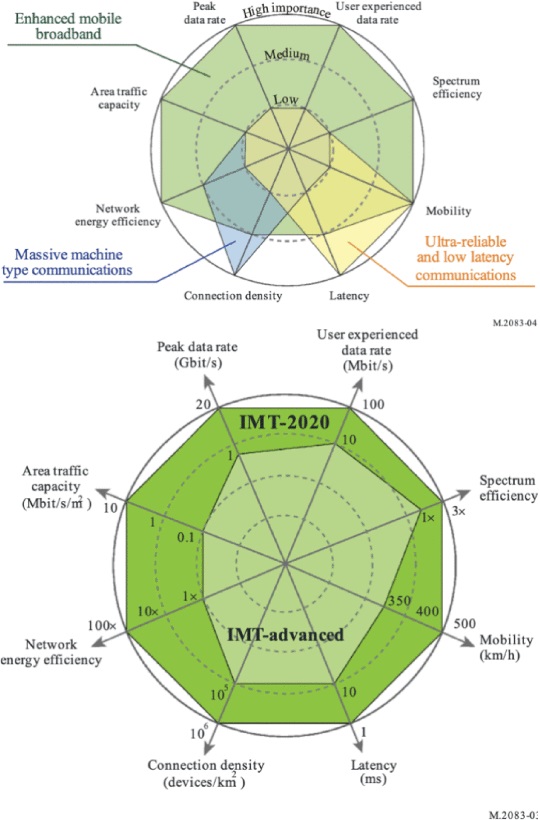System Maintenance
- Home Page 364

H.R.1418 Family Friendly Schools Act
Enormous fun giving a course on the economics of fertility at @ActonInstitute University today while my baby and mum were in the audience! pic.twitter.com/4RiaM3Lf8L
— Clara E. Piano (@clara_jace) June 27, 2024
S. 665 SCHOOL Act of 2021
This content is accessible to paid subscribers. To view it please enter your password below or send mike@standardsmichigan.com a request for subscription details.
5G is Real
Samer Henry – Ahmed Alsohaily – Elvino S. Sousa
Department of Electrical and Computer Engineering, University of Toronto
ABSTRACT. The 3rd Generation Partnership Project (3GPP) submitted the 5G New Radio (NR) system specifications to International Telecommunication Union (ITU) as a candidate fifth generation (5G) mobile communication system (formally denoted as IMT-2020 systems). As part of the submission, 3GPP provided a self-evaluation for the compliance of 5G NR systems with the ITU defined IMT-2020 performance requirements. This paper considers the defined 5G use case families, Ultra Reliable Low-Latency Communication (URLLC), massive Machine Type Communication (mMTC) and enhanced Mobile Broadband (eMBB), and provides an independent evaluation of the compliance of the 3GPP 5G NR self-evaluation simulations with the IMT-2020 performance requirements for connection density, reliability, and spectral efficiency for future mobile broadband and emerging IoT applications. Independent evaluation indeed shows the compliance of the 3GPP 5G NR system with the ITU IMT-2020 performance requirements for all parameters evaluated by simulations.
Readings / “What the Administration is Missing About Huawei & 5G”
“What the Administration is Missing About Huawei & 5G”
“…[T]he impact of adding Huawei to the BIS [Bureau of Industry and Security] list was to prohibit U.S. companies from sharing sensitive technologies with the Chinese companies. By way of collateral damage, it also placed SSOs [Standards Setting Organizations] in the position of either barring Huawei from participating in their activities – since the disclosure of technology is sometimes necessary to standards development – or radically changing their processes and rules in order to fit within either of two existing exemptions, neither of which (publishing and conferences) were very direct or useful fits. SSOs have been struggling ever since with how to adapt, especially since interim guidance provided by BIS some months later proved not to be very useful….”
LEARN MORE:
United States Department of State: “The 5G Future | Incredible Promise, Significant Risk”
New update alert! The 2022 update to the Trademark Assignment Dataset is now available online. Find 1.29 million trademark assignments, involving 2.28 million unique trademark properties issued by the USPTO between March 1952 and January 2023: https://t.co/njrDAbSpwB pic.twitter.com/GkAXrHoQ9T
— USPTO (@uspto) July 13, 2023
Standards Michigan Group, LLC
2723 South State Street | Suite 150
Ann Arbor, MI 48104 USA
888-746-3670



















